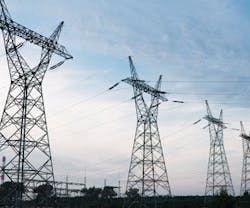Building Owners Critical of the Smart Grid
As the smart grid gains momentum, building owners feel the value proposition hasn’t been made clear yet. “There is widespread skepticism and little awareness on what the smart grid is, what it can do, and how much it will cost,” found a survey commissioned by Danfoss and executed by the Ivanovich Group.
While the smart grid is of interest to owners, many aren’t sure where to begin. Most don’t even expect the smart grid to be fully realized in 3-5 years. The largest barrier to adoption cited was lack of knowledge, followed by cost and technology compatibility.
To increase smart grid adoption, these impediments should be rectified:
- Increased communication is needed between utilities and their customers on the value of smart grid deployments and how customers can tap into those savings.
- The value proposition for building owners needs clearer definition as expectations, needs, and wants vary considerably. Any smart grid investment has to compete with other potential investments.
- Technology issues with building controls can complicate communications between a property and the utility, resulting in poor control of energy response. Many buildings do not have the proper control systems or adequately designed, installed, operated, or maintained systems.
Despite these doubts, owners were most interested in connecting to the smart grid through building automation systems, individual HVAC equipment, and natural or passive heating and cooling strategies.
